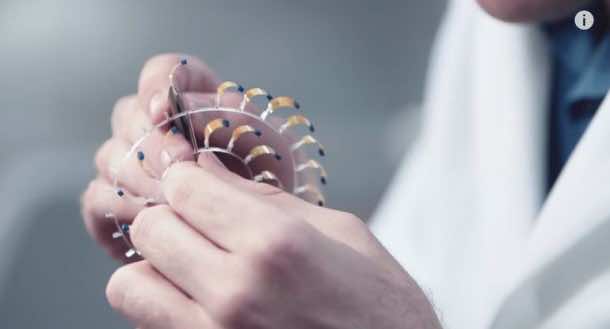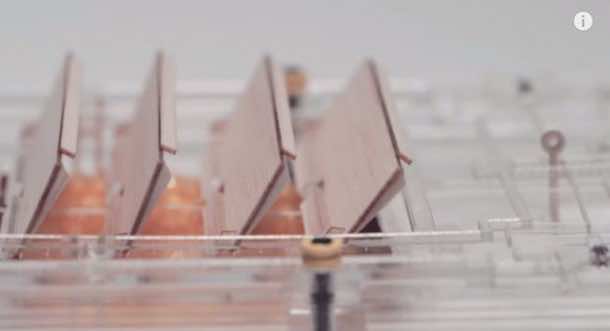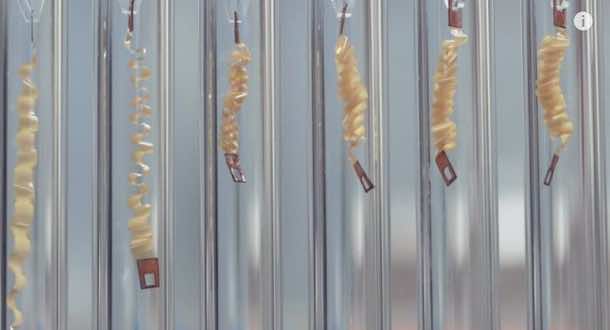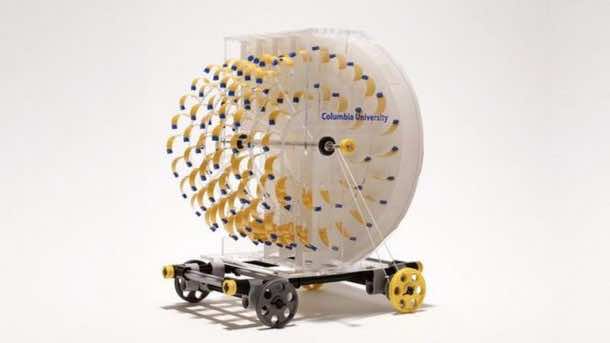Scientists are always looking for new sources of energy to power our gadgets and vehicles. A team of researchers has found an unlikely source of naturally occurring renewable energy; water evaporation. Welcome to New York’s Columbia University where the process of water evaporation was simulated inside a laboratory and its power was harnessed to power up tiny machines one of which was a miniature car. The team believes that the technology can be scaled up and be used with huge bodies of water such as reservoirs and bays.
The research is based on work that was carried out by Ozgur Sahin last year. Ozgur is an associate professor of biological sciences and physics at Columbia University. He was able to discover that bacterial spores can swell and shrink owing to variation in humidity and that this motion could be used for the movement of objects. He further concluded that, pound for pound, these spores are able to deliver more energy as compared to a number of other materials currently being used for moving objects.
He joined forces with other scientists to find out if the force could be used for powering mini machines by making use of moist air only. The idea is to plant an array of these bacterial spores onto a flexible tape and once the tape is exposed to dry air, the spores shrink thus resulting in the tape contracting. Moist air, on the other hand, causes the release of this tension similar to how an artificial muscle works.

Using this approach, the team has created an evaporation-driven piston and hooked it up to a generator thus causing a mini light to blink. The team’s second engine powered by evaporation has been named as Moisture Mill. In simplest words, it is a plastic wheel that has been covered with pieces of the spore-covered tape. Half of the tape has been placed inside a humid environment while the other half has been placed so that it is exposed to dry air. Once the half of spores expand with humidity, the imbalance causes the wheel to spin and thus as long as an imbalance exists, a constant energy source is present.
The research was published in the journal Nature Communications.



Your idea is awesome ; i do have a question though; “HOW DO YOU CONTROLL THE FLAPS?” ain’t that consume energy. While the sole purpose for you is to harness energy.